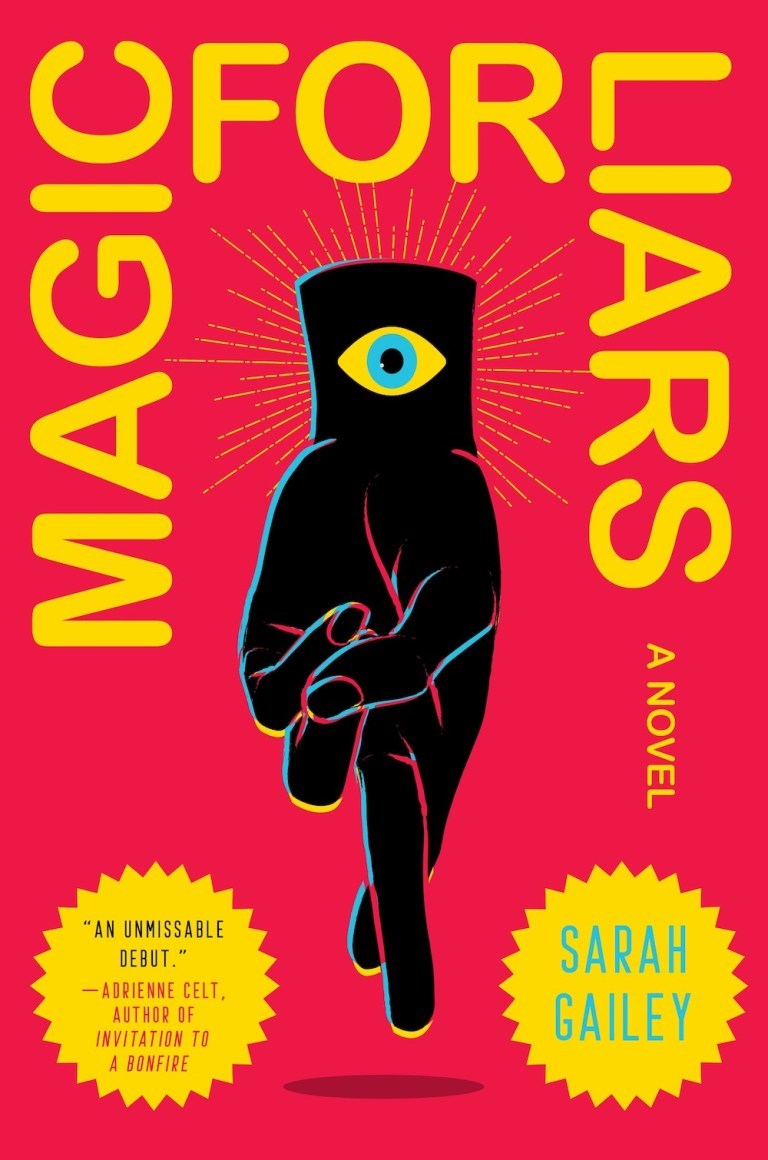Unraveling Mysteries in the Mundane: A Comprehensive Review of Sarah Gailey’s “Magic for Liars”

Introduction:
Sarah Gailey’s “Magic for Liars,” a genre-blending novel published in 2019, introduces readers to a world where the mundane and the magical intersect. In this extensive review, we delve into the intricacies of Gailey’s narrative, exploring the novel’s unique fusion of mystery and magic, its complex characters, and the author’s ability to navigate the boundaries between the ordinary and the extraordinary.
Section 1: Overview of “Magic for Liars”
1.1 A Blend of Genres: “Magic for Liars” unfolds in a world where magic exists, but it is not the protagonist’s forte. Gailey seamlessly merges the genres of mystery and fantasy, creating a narrative that is both grounded in the familiar and imbued with the enchantment of magical realism.
1.2 A Noir-Inspired Setting: The novel is set in a magical school, but it takes on a noir-inspired tone. Gailey’s choice to infuse the story with elements of detective fiction adds an extra layer of intrigue, transforming the magical school setting into a backdrop for a gripping mystery that transcends the boundaries of traditional fantasy.
Section 2: Thematic Explorations
2.1 The Complexity of Magic: “Magic for Liars” explores the intricacies of magic as an integral part of the world. Gailey delves into the consequences, limitations, and ethical considerations of magical abilities, presenting a nuanced portrayal of a world where the extraordinary is interwoven with the everyday.
2.2 Identity and Isolation: The novel delves into themes of identity and isolation, particularly through the lens of the protagonist, Ivy Gamble. Ivy, a non-magical private investigator, grapples with feelings of inadequacy and estrangement in a world where her twin sister is a magical prodigy. Gailey uses Ivy’s perspective to examine the human condition, drawing parallels between the magical and non-magical aspects of identity.
Section 3: Ivy Gamble – A Complex Protagonist
3.1 A Relatable Flawed Heroine: Ivy Gamble emerges as a flawed and relatable heroine, grappling with her own insecurities and a troubled past. Gailey crafts Ivy as a detective with a sharp mind but human vulnerabilities, allowing readers to connect with her on an emotional level.
3.2 Sisterhood Dynamics: The novel explores the dynamics of sisterhood through Ivy and her magical twin, Tabitha. Gailey navigates the complexities of their relationship, incorporating themes of jealousy, love, and the impact of magical abilities on familial bonds. The exploration of sisterhood adds emotional depth to the narrative.
Section 4: Gailey’s Narrative Craft
4.1 Melding Mystery and Fantasy: One of Gailey’s strengths lies in her ability to seamlessly blend the mystery and fantasy genres. The novel unfolds as a detective story within a magical framework, with Gailey crafting a narrative that keeps readers guessing while immersing them in a world where the fantastical is treated with a detective’s discerning eye.
4.2 World-Building with Nuance: Gailey’s world-building is nuanced and deliberate. The magical school setting is portrayed with attention to detail, creating an immersive environment that feels both enchanting and familiar. The author weaves magical elements into the fabric of everyday life, making the extraordinary seem almost commonplace.
Section 5: Exploration of Magical Realism
5.1 Magical Realism as a Literary Device: “Magic for Liars” employs magical realism as a literary device, allowing the magical and the mundane to coexist seamlessly. Gailey introduces fantastical elements into a realistic narrative, challenging traditional genre boundaries and creating a story that invites readers to question the nature of reality.
5.2 Subverting Magical Tropes: The novel subverts traditional magical tropes, presenting a world where magic does not automatically equate to wonder and glory. Gailey’s approach to magic is grounded and pragmatic, exploring the consequences and complexities that arise when the extraordinary is integrated into the ordinary.
Section 6: Critical Reception and Impact
6.1 Critical Acclaim: “Magic for Liars” has received critical acclaim for its genre-blending narrative, complex characters, and Gailey’s adept handling of both mystery and fantasy elements. Critics have praised the novel for its originality, emotional depth, and the author’s ability to offer a fresh perspective on magical school settings.
6.2 Reader Engagement: The novel has resonated with readers who appreciate its fusion of genres and the exploration of relatable themes within a fantastical context. “Magic for Liars” has spurred discussions in literary circles and book clubs, with readers celebrating Gailey’s innovative approach to storytelling.
Section 7: Conclusion and Legacy
7.1 A Genre-Defying Tale: “Magic for Liars” stands as a genre-defying tale that challenges preconceived notions of mystery and fantasy. Sarah Gailey’s narrative prowess, coupled with her exploration of identity, magic, and sisterhood, elevates the novel beyond traditional genre conventions.
7.2 Enduring Legacy: The novel’s enduring legacy lies in its ability to appeal to readers across genre preferences, offering a fresh perspective on familiar tropes. “Magic for Liars” is poised to be remembered as a work that deftly navigates the intersection of magic and mystery, leaving an indelible mark on the landscape of contemporary speculative fiction.
In conclusion, Sarah Gailey’s “Magic for Liars” invites readers on a journey that transcends the boundaries of genre. Through its exploration of magic, identity, and sisterhood within a detective framework, the novel offers a compelling and immersive reading experience, leaving behind a legacy of innovation and narrative complexity in the realm of speculative fiction.







